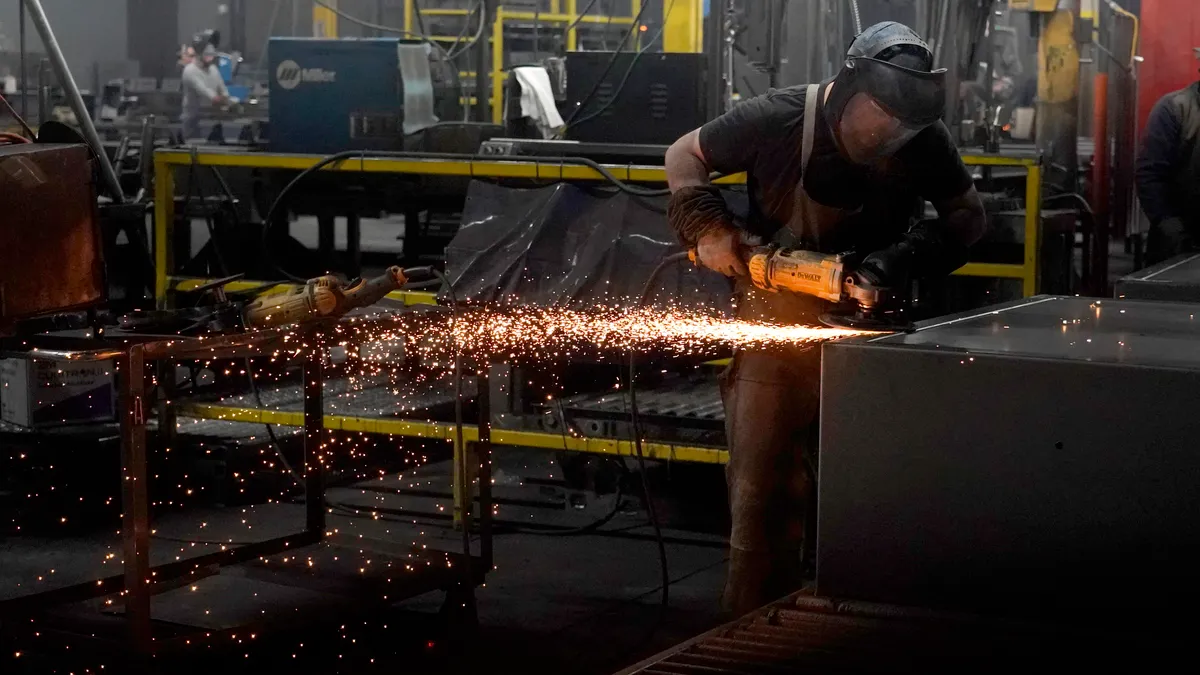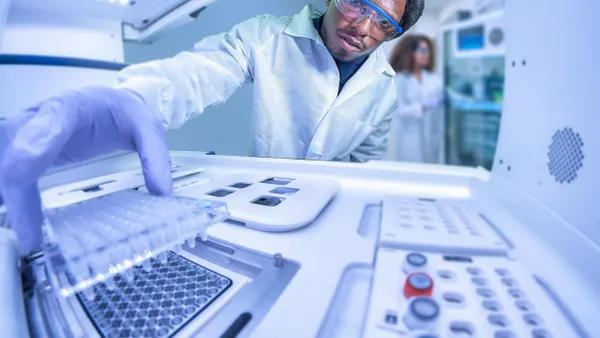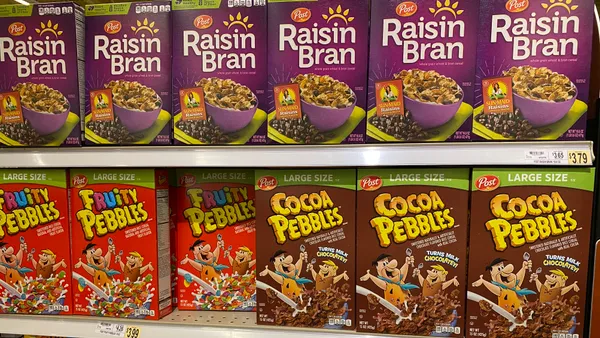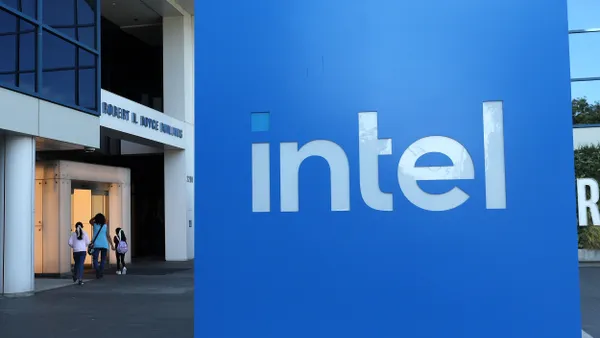Manufacturing's economic outlook improved slightly in February, based on two national index reports out today.
The S&P Global U.S. Manufacturing Purchasing Managers' Index posted 47.3 in February, a slight uptick from the previous month's 46.9. The Institute for Supply Management posted a slightly higher reading at 47.7%, up from 47.4% in January.
While both readings still displayed economic contraction, areas including new orders and order backlogs saw marginal improvements compared to January. These factors contributed to what ISM's Manufacturing Business Survey Committee Chair Timothy Fiore called "the road to recovery" on the demand side of the industry.
In particular, new orders registered at 47%, up 4.5 percentage points from 42.5% in January, the ISM reported. Order backlogs remained on the lower end at 45.1%, but up 1.7 percentage points from the previous month.
On a call with reporters Wednesday, Fiore cautioned that while many manufacturers have hoped for growth in the second half of the year, such improvements could be delayed as inflation remains stubbornly elevated. He added that economic improvement may be more likely to hit further into the second half of the year than previously indicated.
"I think some of the panelists are feeling that if we're not seeing that inflation come really down, very hard, that the whole lumpiness may continue on into the second half," Fiore said on the call.
Optimistically, two of the six biggest manufacturing sectors — transportation equipment and petroleum and coal products — registered growth in February, as well as apparel, leather and allied products and electrical equipment, appliances and components.
Fewer manufacturing sectors are contracting at a sharp rate, Fiore noted, with only 10% of them posting readings at or below 45%.
S&P Global also saw some positive momentum in employment, with workforce numbers rising at the fastest pace in five months, according to S&P Global.
"Factory jobs growth picked up slightly amid reports of greater success in filling vacancies," S&P Global Market Intelligence Chief Business Economist Chris Williamson said in a statement.
ISM, meanwhile, did not see such improvement, with employment dropping back into contraction after two months of growth, with a reading of 49.1%, down from 50.6% in January.












